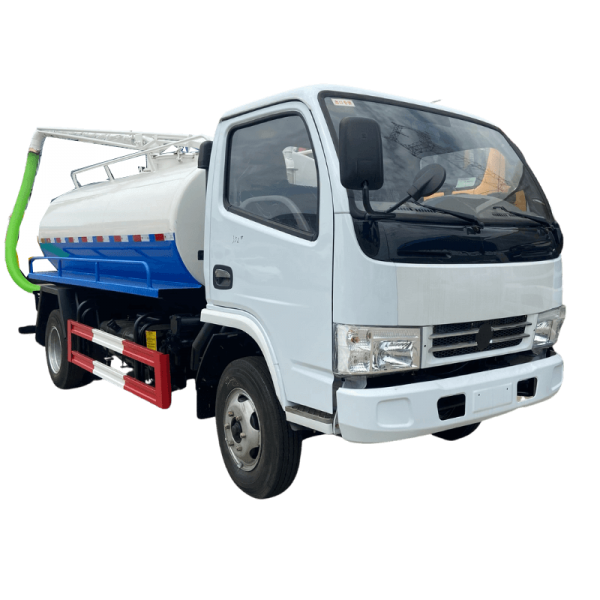Introduction
Vacuum truck operations play a crucial role in various industries, including waste management, construction, and environmental services. These specialized vehicles are equipped with powerful vacuum systems that are capable of extracting liquids, sludges, and solids from a wide range of environments. In this article, we will explore the key components of vacuum truck operations, their applications, and best practices to ensure efficiency and safety.

Understanding Vacuum Truck Operations
Vacuum trucks, also known as vacuum tankers or vacuum loaders, are versatile vehicles designed to handle a variety of tasks related to liquid and solid waste removal. The primary component of a vacuum truck is the vacuum system, which creates suction to extract materials into a large storage tank mounted on the truck chassis. The vacuum system typically consists of a powerful pump, hoses, and a series of valves and filters to control the flow of materials.
There are two main types of vacuum systems used in vacuum trucks: positive displacement and fan-based systems. Positive displacement systems are ideal for heavy-duty applications where high suction power is required, such as cleaning septic tanks or recovering hazardous materials. Fan-based systems, on the other hand, are more suitable for lighter materials and can be more energy-efficient in certain situations.
Applications of Vacuum Truck Operations
Vacuum truck operations are utilized in a wide range of industries and applications due to their versatility and efficiency. Some common uses of vacuum trucks include:
1. Waste Management: Vacuum trucks are commonly used for septic tank cleaning, grease trap pumping, and hazardous waste removal. These vehicles are essential for maintaining public health and safety by properly disposing of liquid and solid waste materials.
2. Industrial Cleaning: In industrial settings, vacuum trucks are used to clean up spills, remove debris from tanks and pipelines, and perform routine maintenance tasks. The powerful suction capabilities of vacuum trucks make them ideal for handling a wide range of materials, including sludges, powders, and liquids.
3. Environmental Services: Vacuum trucks play a key role in environmental remediation projects, such as cleaning up contaminated soil or groundwater. By safely extracting and transporting work truck for sale , vacuum trucks help mitigate environmental risks and protect ecosystems.
4. Construction: Vacuum trucks are often used in construction projects to remove excess concrete slurry, drill cuttings, and other construction debris. These vehicles help maintain a clean and safe worksite while reducing the environmental impact of construction activities.
Best Practices for Efficient and Safe Vacuum Truck Operations
To ensure the efficiency and safety of vacuum truck operations, it is essential to follow best practices and proper maintenance procedures. Here are some key guidelines for operating vacuum trucks effectively:
1. Conduct Regular Maintenance: Proper maintenance of the vacuum system, hoses, filters, and storage tank is essential to ensure optimal performance. Regular inspections and servicing can help prevent breakdowns and prolong the lifespan of the equipment.
2. Train Operators: Operators should receive comprehensive training on the safe use of vacuum trucks, including proper operating procedures, emergency protocols, and equipment maintenance. Training programs should cover topics such as pump operation, hose handling, and spill response.
3. Follow Safety Protocols: Safety should be a top priority when operating vacuum trucks, especially when handling hazardous materials. Operators should wear appropriate personal protective equipment (PPE), such as gloves, goggles, and respirators, and follow established safety protocols at all times.
4. Monitor Vacuum Levels: Operators should regularly monitor vacuum levels and adjust the suction power as needed to prevent overloading the system or causing damage to the equipment. Proper vacuum control helps optimize efficiency and prevent accidents.
5. Dispose of Waste Properly: Proper disposal of waste materials is essential to comply with environmental regulations and protect public health. Operators should follow local disposal guidelines and ensure that waste is transported to approved facilities for treatment and disposal.
Conclusion
Vacuum truck operations are essential for a wide range of industries, providing efficient and reliable solutions for liquid and solid waste removal. By understanding the key components of vacuum truck systems, their applications, and best practices for safe and efficient operation, businesses can enhance productivity and minimize risks. Through proper maintenance, training, and adherence to safety protocols, vacuum truck operators can achieve optimal performance while safeguarding the environment and public health.
